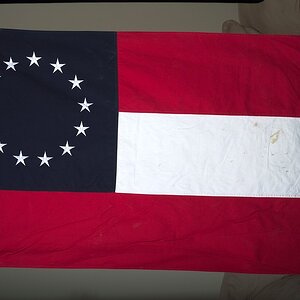Irminsul
'The Column of Heaven'
- Joined
- Apr 29, 2006
- Messages
- 115
- Reaction score
- 0
- Location
- Florida.
- Website
- www.flickr.com
- Can others edit my Photos
- Photos NOT OK to edit
An upcoming project by my local camera club (actually a bunch of friends who are film enthusiasts) will require shooting our "assignments" in slide film. I've got some Fuji Velvia 100 ISO. I've always shot print film before and I've been told that to get acceptable shots with slide film I will need a neutral density filter, or perhaps several. The assignment is a field trip to a South Florida beach area. To those here who are knowledgeable on the subject my question is: should I get ND filter(s) for my EOS Elan 7n camera, and if so, what type and brand would you recommend? Being an absolute newbie when it comes to slide shots, I would appreciate any helpful advice from the experts. :hail:


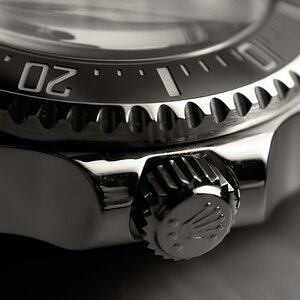

![[No title]](/data/xfmg/thumbnail/37/37539-ae46a74e6510aad73c9101a029847880.jpg?1619738133)
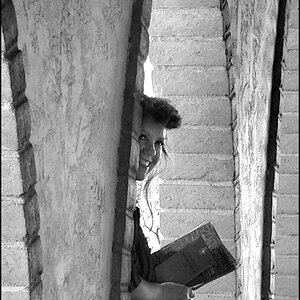

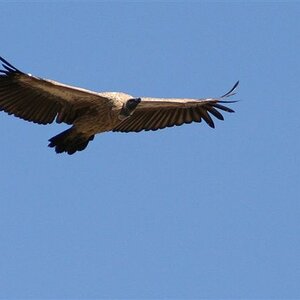

![[No title]](/data/xfmg/thumbnail/35/35264-5ade32b7036391926536661aeb7491c3.jpg?1619736969)

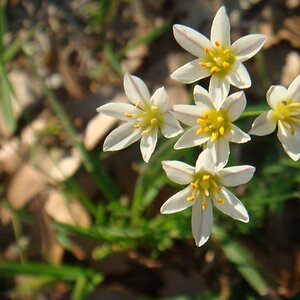
![[No title]](/data/xfmg/thumbnail/35/35262-02f8eba4a2a92dbae0b55547bba80b4f.jpg?1619736968)
